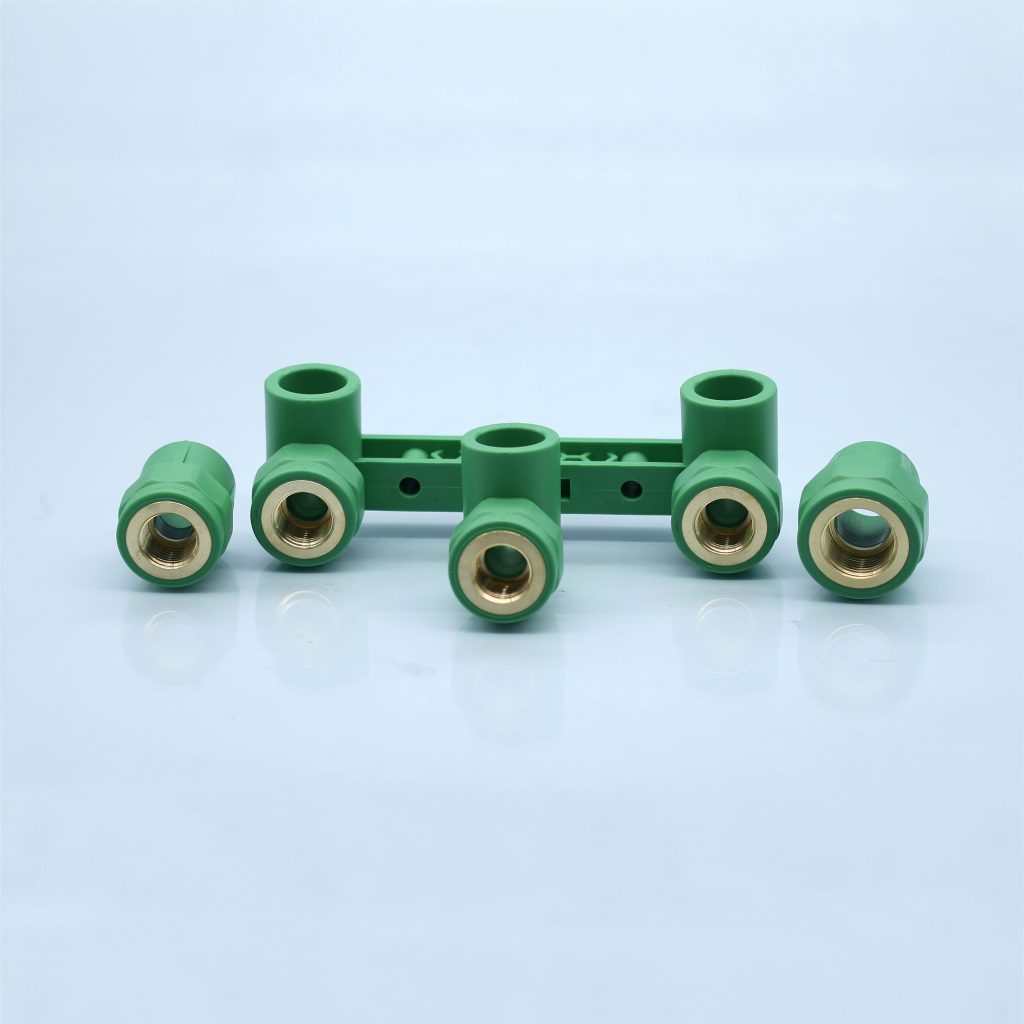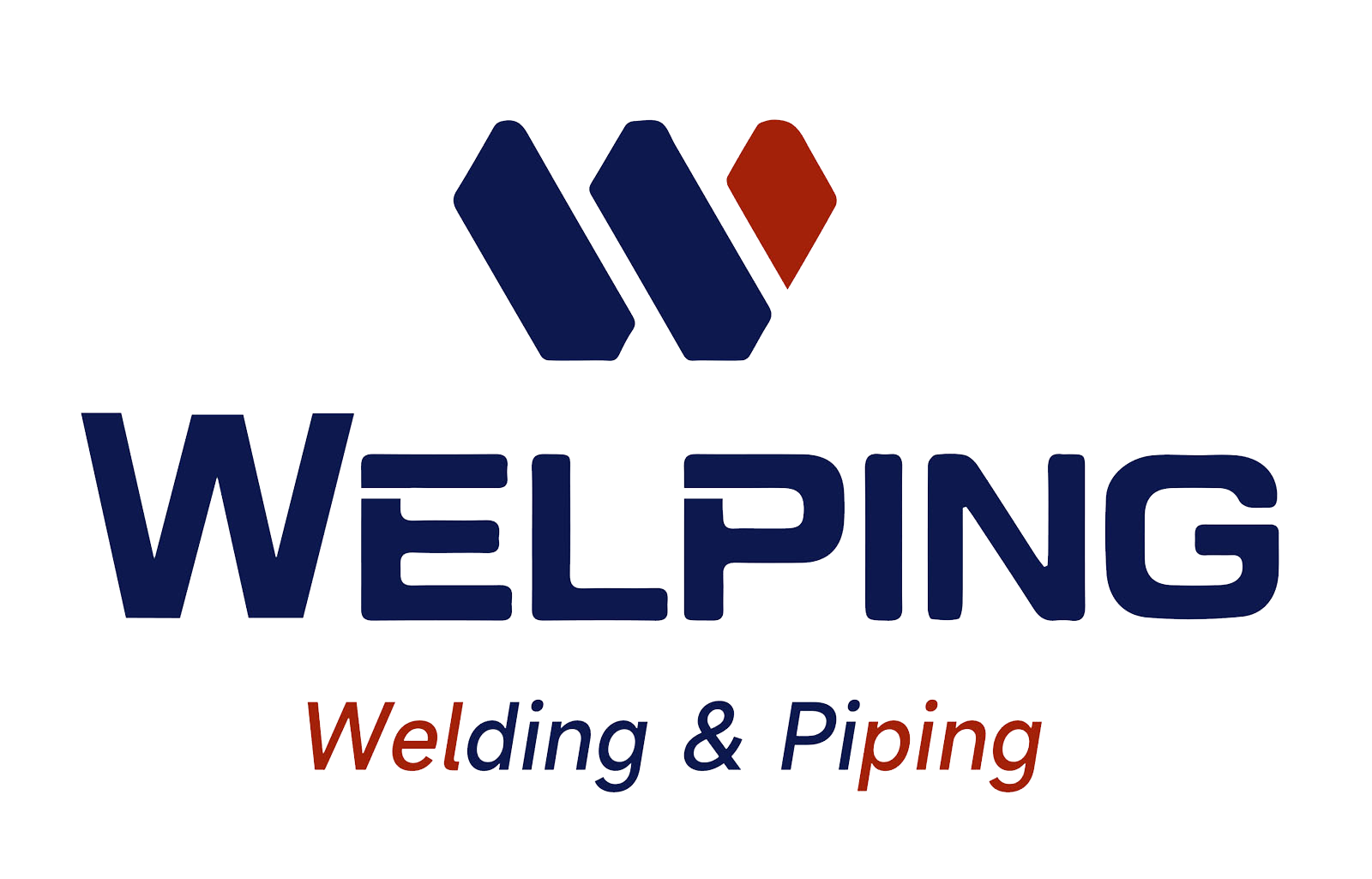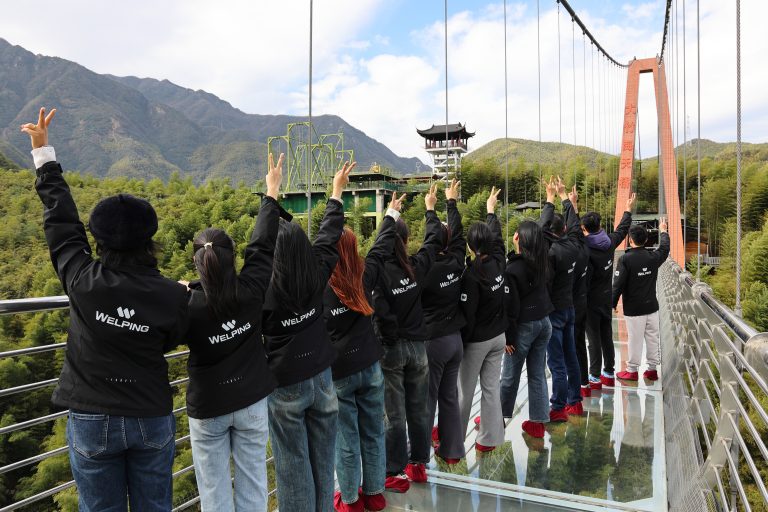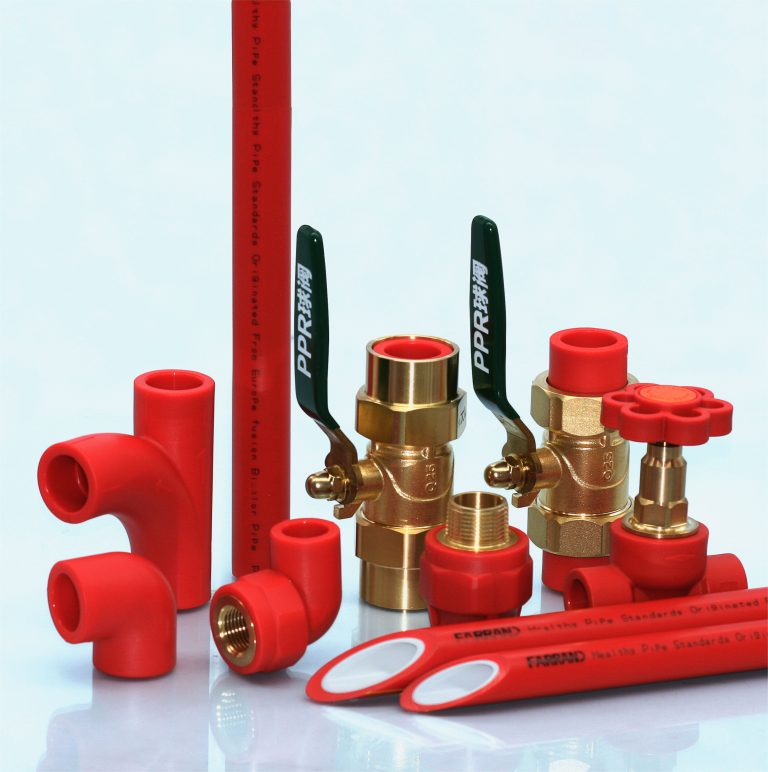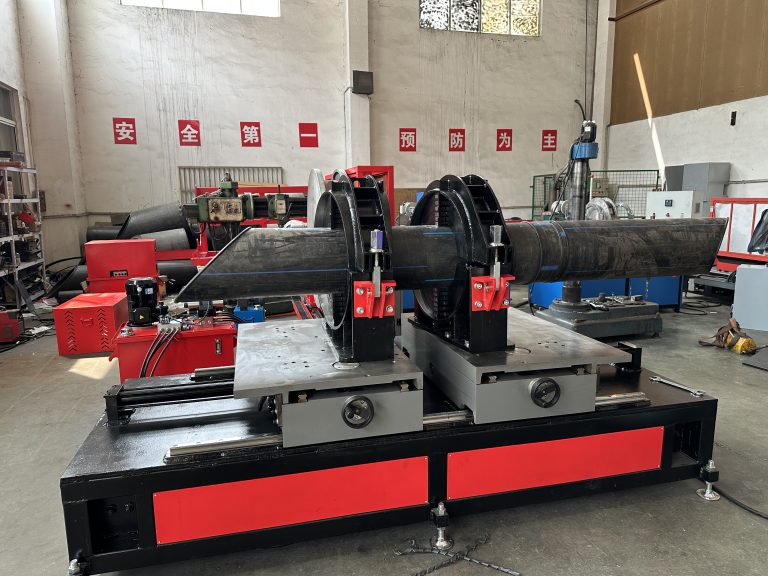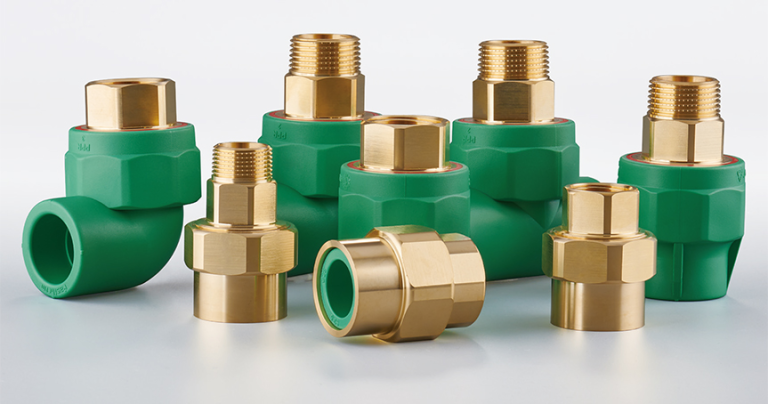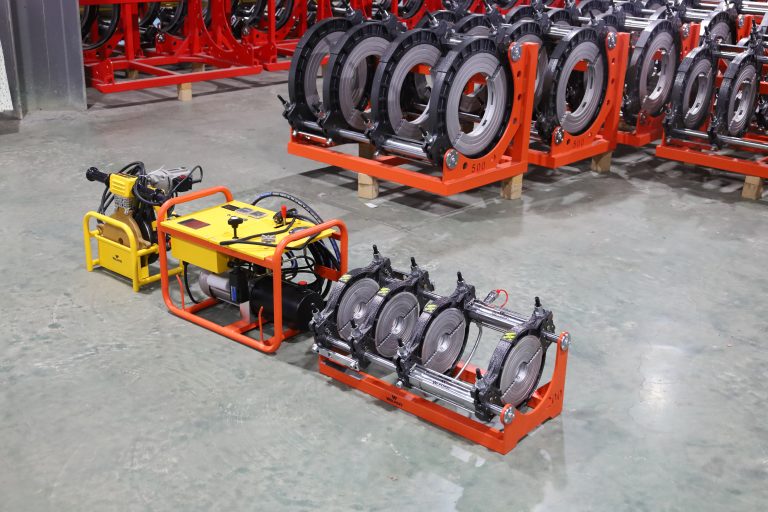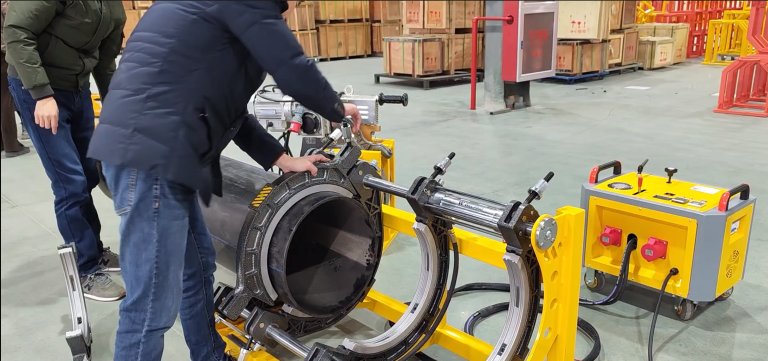Introduction:
In the realm of plumbing, the choice of piping material plays a pivotal role in determining the efficiency and longevity of the system. Polypropylene Random Copolymer (PPR) and Polyvinyl Chloride (PVC) pipes are two prominent contenders in the market. This article aims to explore and compare these materials, shedding light on the distinctive advantages of PPR pipes.
Material Safety:
One paramount consideration in plumbing is the safety of the materials used. PPR pipes are renowned for their superior material safety. Composed of non-toxic, food-grade materials, PPR pipes ensure that the water flowing through them remains uncontaminated. This characteristic makes PPR pipes an ideal choice for applications involving potable water, providing a reliable and safe conduit for water transportation.
Longevity and Durability:
The longevity of piping materials is a crucial factor influencing the overall cost-effectiveness of a plumbing system. PPR pipes boast an impressive track record in terms of durability and longevity. With a lifespan that exceeds that of many traditional piping materials, PPR pipes offer a cost-effective solution for long-term plumbing needs. Their resistance to corrosion and chemical deterioration further contributes to their extended lifespan, making them a wise investment.
Leak-Proof Performance:
One of the perennial challenges in plumbing is the prevention of leaks. PPR pipes have a distinct advantage in this regard. The fusion welding method used in PPR pipe installations creates seamless joints, significantly reducing the likelihood of leaks. The homogeneous structure of PPR pipes eliminates weak points in the piping system, providing a robust and leak-resistant solution. This feature is particularly crucial in applications where water leakage can lead to significant damage and costly repairs.
High-Temperature Resistance:
PPR pipes shine in applications requiring the transportation of hot water. Their high-temperature resistance makes them suitable for carrying water at elevated temperatures without compromising structural integrity. This attribute makes PPR pipes an excellent choice for hot water distribution systems in residential, commercial, and industrial settings.
Conclusion:
While PVC pipes have their own set of advantages, including cost-effectiveness and chemical resistance, PPR pipes emerge as a superior choice in various aspects. The safety of materials, extended lifespan, leak-proof performance, and high-temperature resistance position PPR pipes as a reliable and efficient solution for modern plumbing needs. As the demand for durable and high-performance piping systems continues to rise, PPR pipes stand out as a prime choice for those seeking longevity, safety, and reliability in their plumbing installations.
